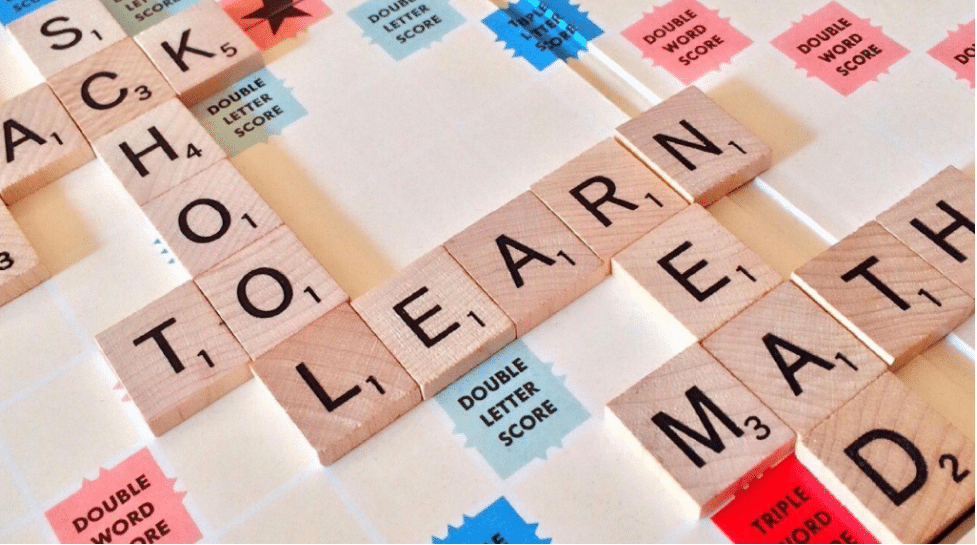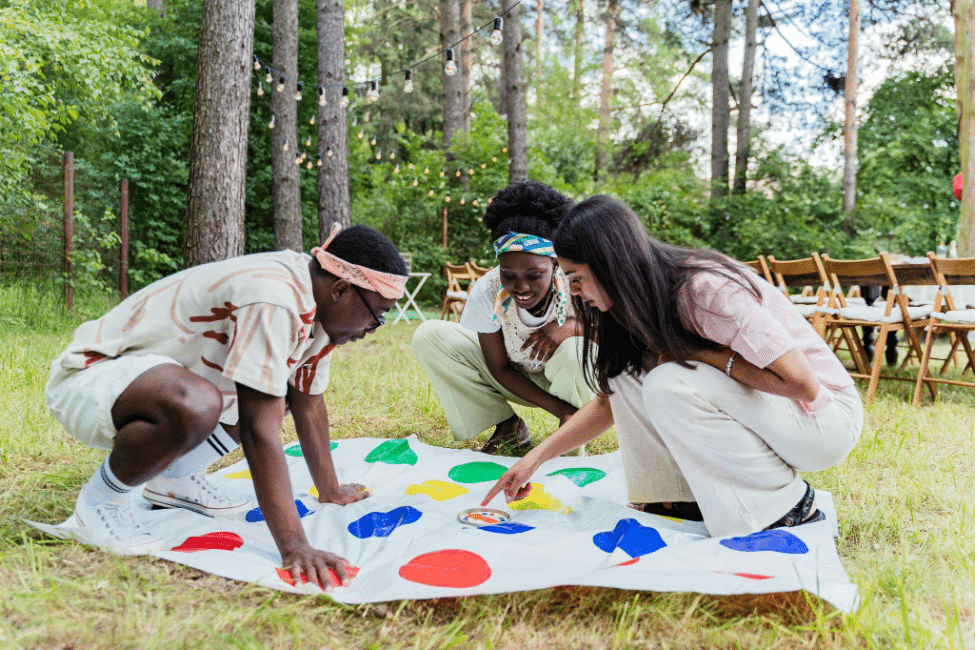We’re wired for emotions. Humans are storytellers at heart, captivated by narratives that tug at our heartstrings or pique our curiosity. Yet, the way we consume information is changing, particularly among Gen Z and younger generations.
Attention spans are shrinking, shaped by the constant influx of content on social media platforms.
Consider this: a 2009 study by Microsoft found the average attention span for web content was around 8 seconds. Fast forward a decade, and a similar study by Clutch revealed that blog readers dedicate an average of just 37 seconds before skimming or abandoning the article altogether.
This isn’t due to a lack of intelligence; it’s a function of adaptation. We’ve become adept at “scan-reading,” extracting key points without delving deeper.
On the other hand, video reigns supreme. Platforms like YouTube and TikTok report average watch times exceeding 2 hours per person daily.
Short-form, captivating visuals with engaging narratives hold our attention far longer than text-heavy formats.
This presents a challenge for educators in the health and social care field, tasked with imparting complex medical knowledge to a generation accustomed to instant gratification.

Case Study: The Challenge of Traditional Training
Imagine a classroom filled with Gen Z students attending a lecture on dementia care.
The instructor meticulously details the stages of the disease, treatment options, and communication strategies.
While the information is crucial, the lecture format struggles to compete with the constant notifications buzzing on students’ phones.
Technical jargon goes over some heads, and key points get lost in a sea of text-heavy slides. Engagement wanes, and the risk of critical information being missed becomes significant.
The Power of Animation and Interactive Learning:
This is where innovative approaches like animation and interactive learning tools take center stage.
Animations offer a vibrant and engaging way to present complex medical concepts.
Think about it: instead of dry, text-laden slides, imagine an animation depicting the journey of Alzheimer’s disease, visually showcasing the impact on brain function and memory.
Colorful visuals, clear explanations, and a touch of storytelling transform a potentially dry topic into a captivating learning experience.
Important Information: Caring For Care Offers Face-to-Face Mandatory Care Training to onsite and offsite caregivers.
The Science Behind Engagement:
Studies by the Social Science Research Network (SSRN) support the effectiveness of animation in knowledge retention.
Visual information is processed faster and retained longer than text alone.
Animations break down complex topics into bite-sized, easily digestible chunks, aligning perfectly with the shorter attention spans of Gen Z learners.
Engagement doesn’t stop at animation. Interactive quizzes integrated into the learning process solidify knowledge and enhance retention.
Think of a scenario-based quiz after the dementia care module. Students are presented with virtual patients exhibiting different behavioral patterns.
Choosing the appropriate responses and receiving immediate feedback, students actively apply their knowledge to real-world situations, solidifying their understanding.
The Future of Healthcare Education: A Blended Approach
The key lies in a blended approach. Traditional lectures can be streamlined and supplemented with captivating animations and interactive quizzes.
This caters to diverse learning styles, keeping Gen Z learners engaged and maximizing knowledge retention.
By embracing innovative methods, healthcare educators can bridge the gap between traditional training and the ever-evolving attention spans of younger generations.
Ultimately, it’s about fostering a love for lifelong learning, ensuring future healthcare professionals are well-equipped with the knowledge and skills to deliver exceptional care.
Tailoring Content for Specific Needs: Beyond Gen Z
While animation and interactive learning excel at capturing Gen Z’s attention, effective healthcare training requires catering to a diverse audience. Here’s how these methods can be adapted for different learning styles and age groups:
- Kinesthetic Learners: While animations offer visual stimulation, some learners crave hands-on experiences. Interactive simulations can address this need. Imagine a virtual reality (VR) simulation where students practice administering medication in a simulated hospital setting. VR provides a safe, controlled environment for learners to develop practical skills and gain confidence before interacting with real patients.
- Auditory Learners: For those who learn best through listening, incorporating podcasts or audiobooks into the training curriculum can be highly effective. Imagine a series of podcasts featuring interviews with healthcare professionals discussing their experiences with specific conditions or care approaches. This format caters to auditory learners while offering valuable insights from real-world practitioners.
- Addressing Age-Related Needs: While Gen Z may struggle with lengthy lectures, older adult learners might find value in a slower pace and more detailed explanations. The key lies in striking a balance. Animations can still be used effectively, but consider incorporating additional narration or on-screen text for those who prefer a more text-heavy approach.

Case Study: Bridging the Gap Between Generations
A multigenerational healthcare facility is rolling out a new training program on infection control protocols.
The staff comprises Gen Z recent graduates, seasoned nurses approaching retirement, and everyone in between.
A one-size-fits-all approach won’t suffice.
The training program incorporates a mix of methods:
- A short, animated video outlines the basics of infection control, using clear visuals and concise narration to capture everyone’s attention.
- Interactive quizzes test comprehension and allow learners to identify areas requiring clarification.
- For kinesthetic learners, a hands-on session follows, demonstrating proper handwashing techniques and sterile equipment handling.
- For auditory learners, a podcast featuring an infectious disease specialist delves deeper into the science behind infection control and best practices in preventing outbreaks.
For CPDUK Certificate: Check out interactive online courses in health and social care.
The Benefits of a Blended Approach:
By incorporating a variety of learning methods, healthcare training programs can cater to a wider audience, ensuring effective knowledge dissemination regardless of age, learning style, or attention span.
This fosters a more inclusive learning environment where everyone feels empowered to participate and contribute.
Conclusion
The world of healthcare is constantly evolving, and so too should its training methods.
By embracing animation, interactive learning tools, and a blended approach that caters to diverse needs, educators can create dynamic and engaging learning experiences.
This not only equips future healthcare professionals with the necessary skills but also fosters a lifelong love for learning, ensuring exceptional patient care for generations to come.
